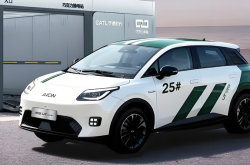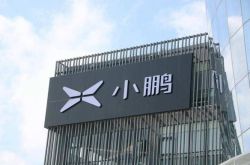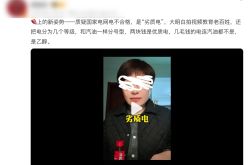The End of the Honeymoon Period for Chinese Cars in Russia
![]() 02/07 2025
02/07 2025
![]() 597
597
Written by | Lao Yu'er
Edited by | Yang Xuran
Recently, news regarding "Chinese cars being scrutinized by Russian media" has circulated widely on domestic online platforms.
The content broadly states that Russian media outlet AUTONEWS dispatched experts to test 17 Chinese car models. The results revealed that five of these models exhibited rusted parts and a lifespan less than half that of German products (specific brands were not disclosed).
Upon investigating this report, the author failed to locate relevant content on the AUTONEWS website. However, this did not deter numerous domestic media outlets from crafting sensational headlines based on the initial information.
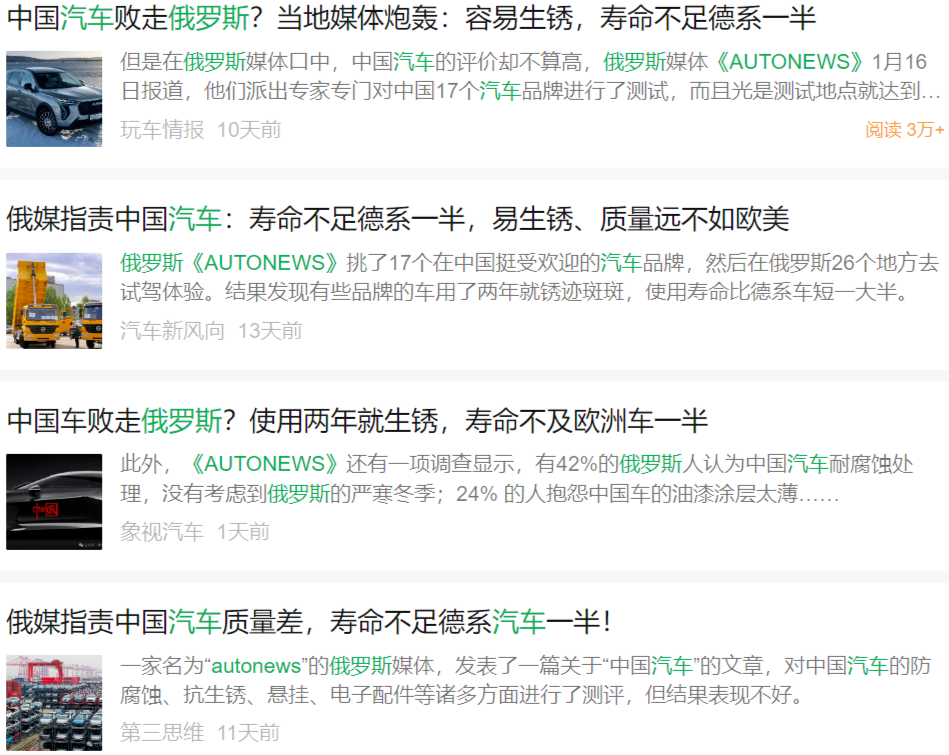
Moreover, starting from October 2024, Chinese cars have witnessed three consecutive months of declining sales in Russia.
The prospects for the development of Chinese cars in the Russian market have thus garnered considerable attention, accompanied by concerns and doubts. Some have even begun to predict a repetition of the "collapse of Chinese motorcycles in Southeast Asia".
The rapid rise of Chinese cars in the Russian market was influenced by certain accidental factors, and the situation was not entirely stable. Furthermore, with the evolving scenario in Russia, European and American automakers have not truly retreated but continue to monitor the situation closely. Therefore, while public opinion may contain fictional and sensational elements, it still serves as a warning bell for the internationalization of Chinese automakers – building an empire is not easy, and maintaining it is equally challenging.
This article is an in-depth analysis from the content team at The WAVE, and we welcome your engagement across multiple platforms.

Sweetness
The history of Chinese cars venturing overseas is a tale of withstanding pressure. Regardless of the foreign market they enter, they face established brands from Europe, the United States, Japan, and South Korea, and must grapple with the "low price, low quality" stigma.
The situation in Russia is no exception.
For a prolonged period, Russia's automotive industrial base has been weak, with minimal domestic production capacity for complete vehicles, relying heavily on imports. Prior to 2022, European, Japanese, and Korean automotive brands had been deeply entrenched in the Russian market for over a decade, with multiple assembly lines in place.
In 2021, apart from Lada in first place and GAZ in eighth, the remaining positions in Russia's top ten car sales rankings were occupied by European, Japanese, and Korean automakers. At that time, all Chinese cars were excluded from the top ten.
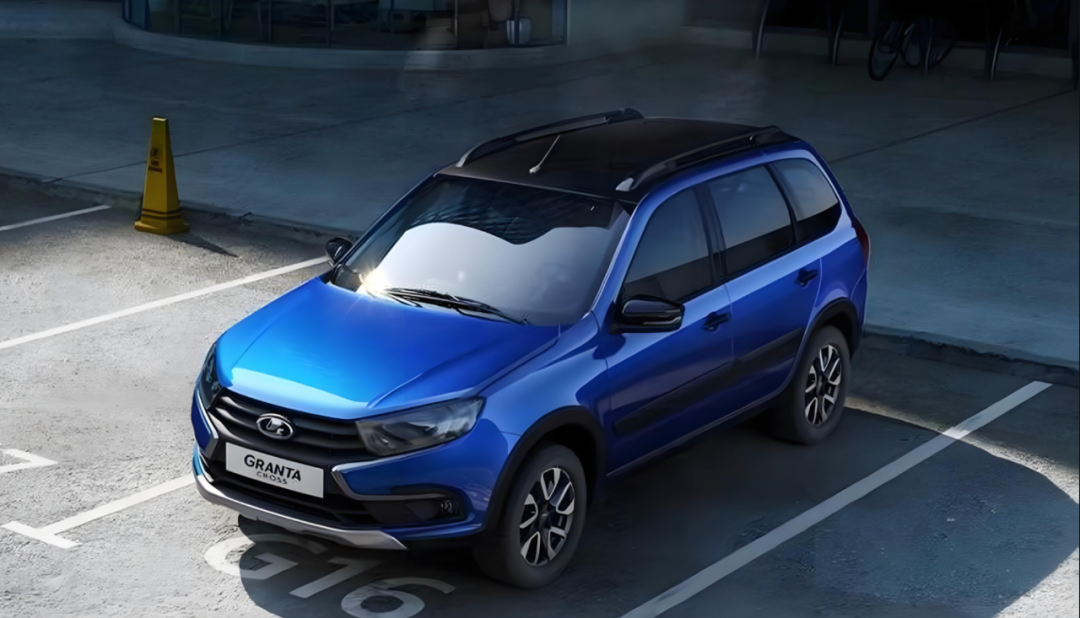
Lada is a national brand in the Russian automotive industry.
At that time, Haval performed the best with annual sales of 39,000 units, ranking twelfth; Chery, which entered the Russian market as early as 2005, sold 37,000 units, ranking thirteenth; Geely sold even fewer units, with only 24,000, ranking seventeenth.
At that time, Chinese automakers were the underdogs in the market, and it was incredibly challenging to displace traditional automakers like Kia, Hyundai, and Toyota.
A turning point occurred after the Russia-Ukraine conflict, when almost all Japanese, Korean, and European automakers exited Russia, leaving a significant void. CCTV Finance's 'First Time' reported that in 2022, Russia's new car sales plunged by 58.8% year-on-year, new car sales revenue shrank by 52%, and Russia's new car production also hit its lowest level in nearly 31 years.
To expedite the release of cars from factories onto the roads, Moscow amended the law to allow automakers to produce and sell cars without airbags, ABS, ESP, and even seat belts.
Amidst this market shortage, Chinese cars seized a historic opportunity. In just three years, Chinese cars gained a dominant position in the Russian market, marking the 2.0 phase of Chinese cars in Russia and the "honeymoon period" for Chinese automakers.
By 2023, for every two new cars sold in Russia, one was a Chinese car. While Lada remained the top-selling car brand that year, positions from second to seventh were all occupied by Chinese car brands.
Chery, in second place, sold 118,900 units, an increase of 81,900 units compared to 2021. Besides the Chery brand, its high-end brands Starway and Omoda sold 42,100 units and 41,900 units respectively, ranking sixth and seventh; Haval's sales increased from 39,000 units in 2021 to 111,700 units, ranking third; Geely's sales rose from 24,600 units in 2021 to 93,500 units, ranking fourth; Changan's sales surged from 5,705 units in 2021 to 47,700 units, ranking fifth.
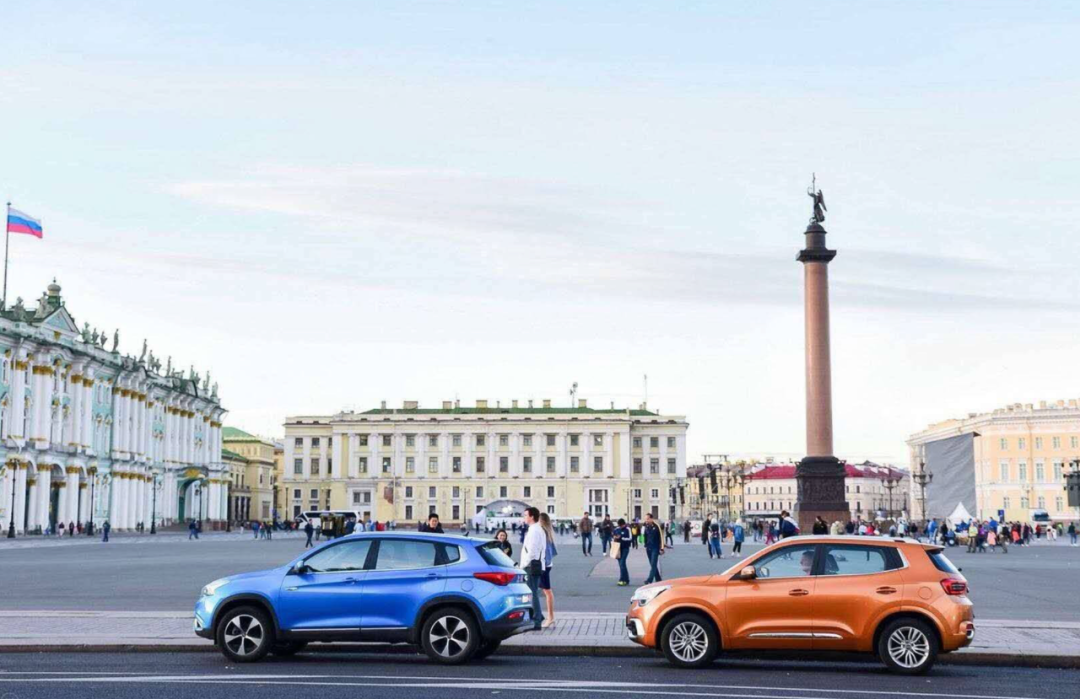
Chery is one of the top-performing Chinese brands in the Russian market.
Last year, eight out of the top ten brands in Russia's sales rankings were Chinese brands.
Driven by the popularity of Chinese brands, Russia's automobile market in 2024 essentially returned to normal levels. Data from the Russian automotive market analysis agency 'Auto-Statistics' revealed that last year, new passenger car sales in Russia amounted to 1.571 million units, an increase of 48.4% year-on-year, reaching approximately 95% of the 2021 level.
 Crisis
Crisis
Beneath the apparent prosperity lies unrest, and underlying currents have never ceased.
In terms of supply chains and after-sales support, Chinese cars are not as mature as long-established Japanese, Korean, and European automakers. Furthermore, due to the significant market void, numerous brands and models that are not outstanding in China have also flooded the Russian market.
Consequently, negative public opinion has gradually accumulated, and the negative sentiment mentioned at the beginning of this article is not an isolated incident. On October 28, 2024, the renowned Russian media outlet 'Kommersant' published an article titled 'Russian Taxi Drivers Dissatisfied with Chinese Cars'.
The article stated that the proportion of Chinese cars in Russian taxis has reached 70% to 80%, and many drivers have indicated that these vehicles need to be scrapped after 150,000 kilometers of use, while European and Korean brand cars are generally considered to last 250,000 to 300,000 kilometers.
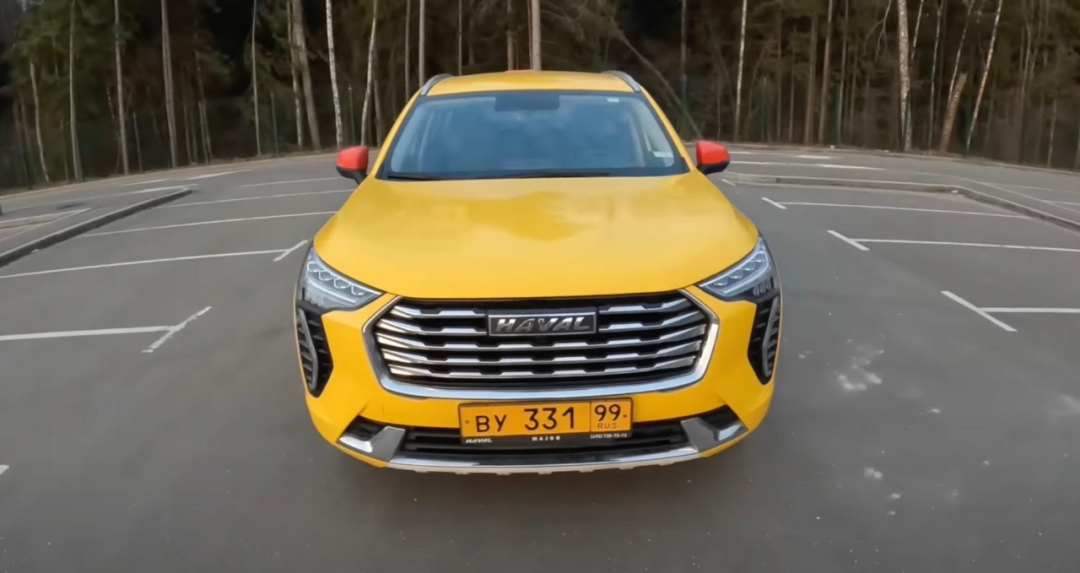
A Great Wall Haval taxi in Russia.
However, it's important to note that various factors such as brand and model specifics were not mentioned here, and it was simply generalized as 'Chinese cars'.
Some public opinion issues may not be factual and could stem from competitor-driven propaganda wars. Even if genuine quality issues exist, they can be compensated to consumers through product enhancements and service improvements. In contrast, the tightening of Russian policies represents the real 'sword of Damocles' hanging over Chinese cars.
The current situation is that after market demand has stabilized, Russia swiftly began to restrict foreign brands through policy adjustments.
The Russian Federation Government officially implemented adjustments to the car recycling tax from October 1, 2024, with the first-phase tax rate increasing by 70% to 85%, and this figure is expected to continue rising until 2030.
After the policy took effect, for products with displacements of 1.0L to 2.0L, the tax payment in 2024 ranged from RMB 22,000 to RMB 41,000, and will reach RMB 86,000 by 2030; for models with displacements of 2.0L to 3.0L, the tax payment in 2024 reached RMB 115,000, exceeding RMB 165,000 in 2026, equivalent to the sales price of cars on sale; for other model types, the highest tax payment even reached RMB 506,000.
There are also more covert measures, including requiring importers to pay OTTS certification deposits, warranty reserves, and installing GLONASS satellite positioning systems, among others, using multiple tactics to increase the capital occupancy of Chinese enterprises. Additionally, measures such as restricting parallel imports and levying taxes are also being enforced.
The implementation of these measures, coupled with fluctuations in consumer spending in Russia, have collectively led to a decline in sales of Chinese car brands.
In November 2024, Chery Automobile's sales declined by 2.2%, its sub-brand Omoda's sales plummeted by 30.7%, Changan Automobile's sales fell by 5.3%, and Geely Automobile's sales dipped by 3.8%. By December, the sales decline of various brands was even more pronounced, and the car sales rankings underwent a significant shift.
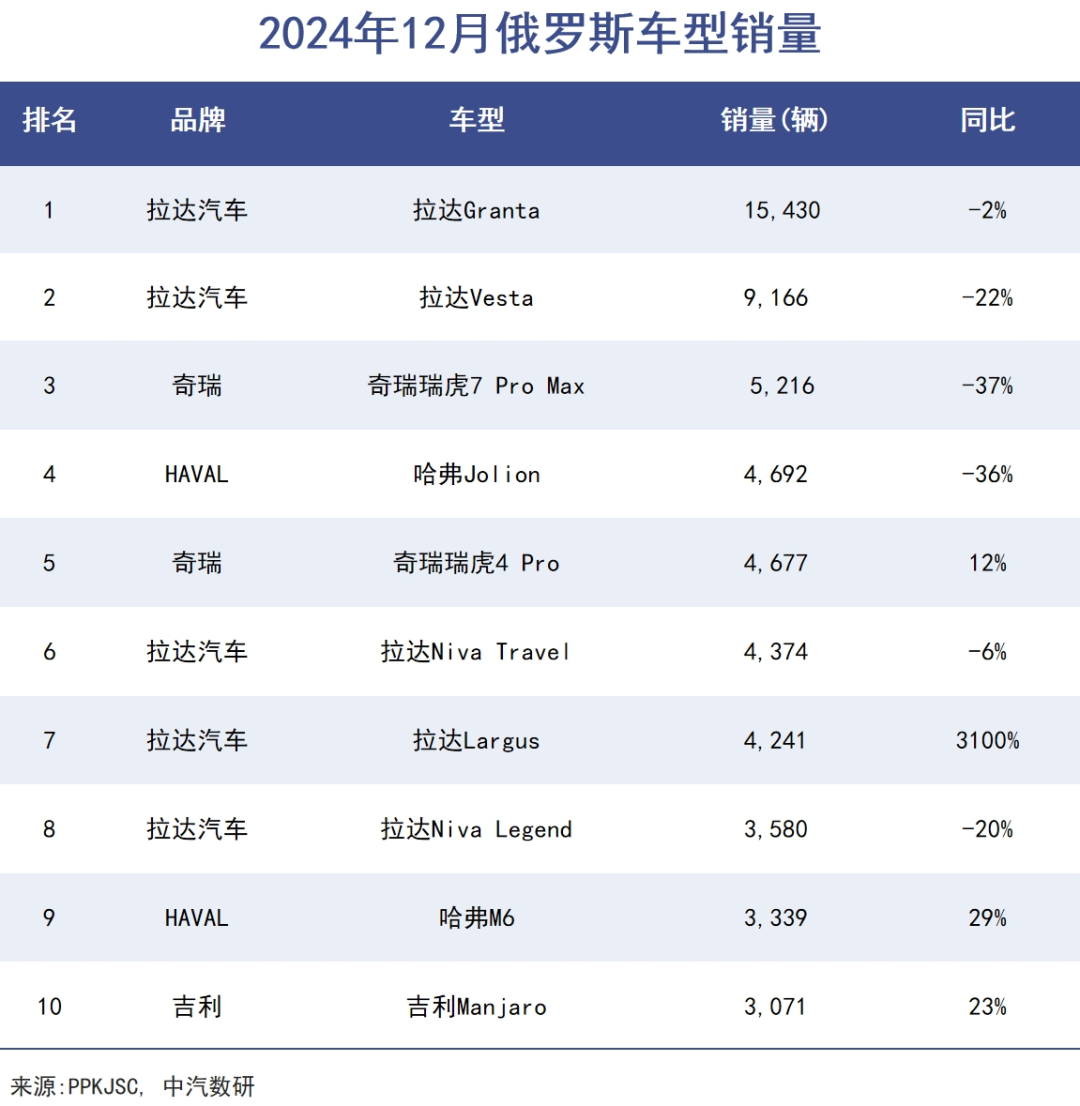
Why did Chinese automakers swiftly transition from being a 'market rescue tool' to a 'defense object'?
Actually, it's not difficult to understand. Whether it was treating European, Japanese, and Korean cars in the past or Chinese cars now, what Russia most desires is attracting investment and factory construction within the country to bolster local employment, taxation, and drive local industrial development.
Therefore, the choice between building factories locally or continuing to import under pressure has become a 'Russian roulette' for Chinese automakers.

Decision
Faced with this choice, some Chinese automakers have already made their stance clear from the outset.
In 2015, Great Wall Motors' Russian Tula factory broke ground. Today, the plant's planned production capacity has expanded from 80,000 units to 150,000 units, accounting for roughly one-tenth of Great Wall Motors' total production capacity. Besides the Russian market, Great Wall also aims to supply surrounding former CIS countries through the production capacity of the Tula factory.
Last March, Haval added an engine production plant in the Tula region. According to Mikhail Panteleev, the chairman of the regional government, Haval Russia will also establish an automotive parts production cluster here.
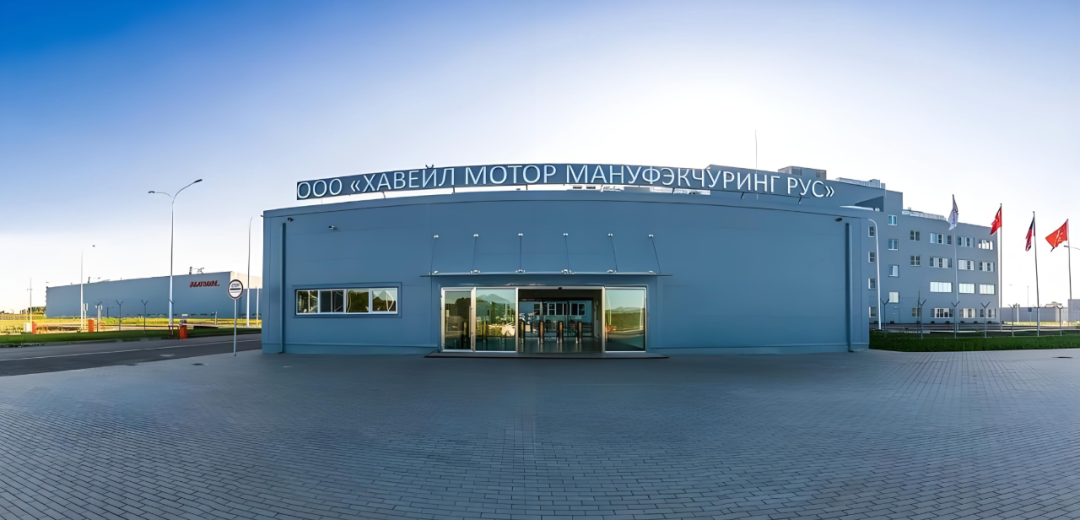
Great Wall Motors factory located in Tula, Russia.
Such a strategic layout has significantly contributed to Great Wall Motors' data. In 2024, the total export sales of the Haval brand amounted to 334,600 units, of which 191,600 units were sold in Russia, accounting for 57.26%.
However, not many dare to invest like Great Wall Motors. Most Chinese automakers remain cautious about building factories in Russia. Chery Automobile even explicitly stated in a public announcement that it had no plans to build or purchase manufacturing plants in Russia.
This attitude is understandable. After three years of filling the void, the Russian automobile market has essentially become saturated. The AEB Automobile Manufacturers Committee predicts that in 2025, the Russian automobile market will decrease by approximately 15%.
As the market transitions to a stock game, investing heavily in factory construction only raises questions about future returns.
Moreover, placing excessive bets in Russia's complex geopolitical environment could jeopardize the interests of enterprises in other international markets.
Last year, the US House of Representatives proposed the 'Unrestricted Act', requiring sanctions against Chinese military enterprises, Chinese automobile companies, and arms manufacturers that provide significant support to Russia. According to the bill, Chinese military enterprises recognized by the US government 'must withdraw from the Russian market within 180 days, or they will face comprehensive blocking sanctions'.
Its sanctions list includes three Chinese automakers: Chery, Great Wall, and Changan.
On January 14, the US Department of Commerce also announced a ban on the sale of '2027 model year connected cars produced by manufacturers with sufficient ties to China or Russia', even if these cars are produced in the United States.

The United States is highly vigilant about technology-based products produced in China and Russia.
Furthermore, competition in the Russian market may intensify as the conflict ends. Although European, American, Japanese, and Korean brands claimed to sell their assets when they exited, many transfers left backdoor options. For instance, in October 2022, when Nissan exited, it stated that it 'could repurchase its assets within the next six years'.
If Chinese automakers invest heavily in building factories in Russia and coincidentally witness the return of Japanese, Korean, and European automakers, they will undoubtedly face an undesirable scenario.

